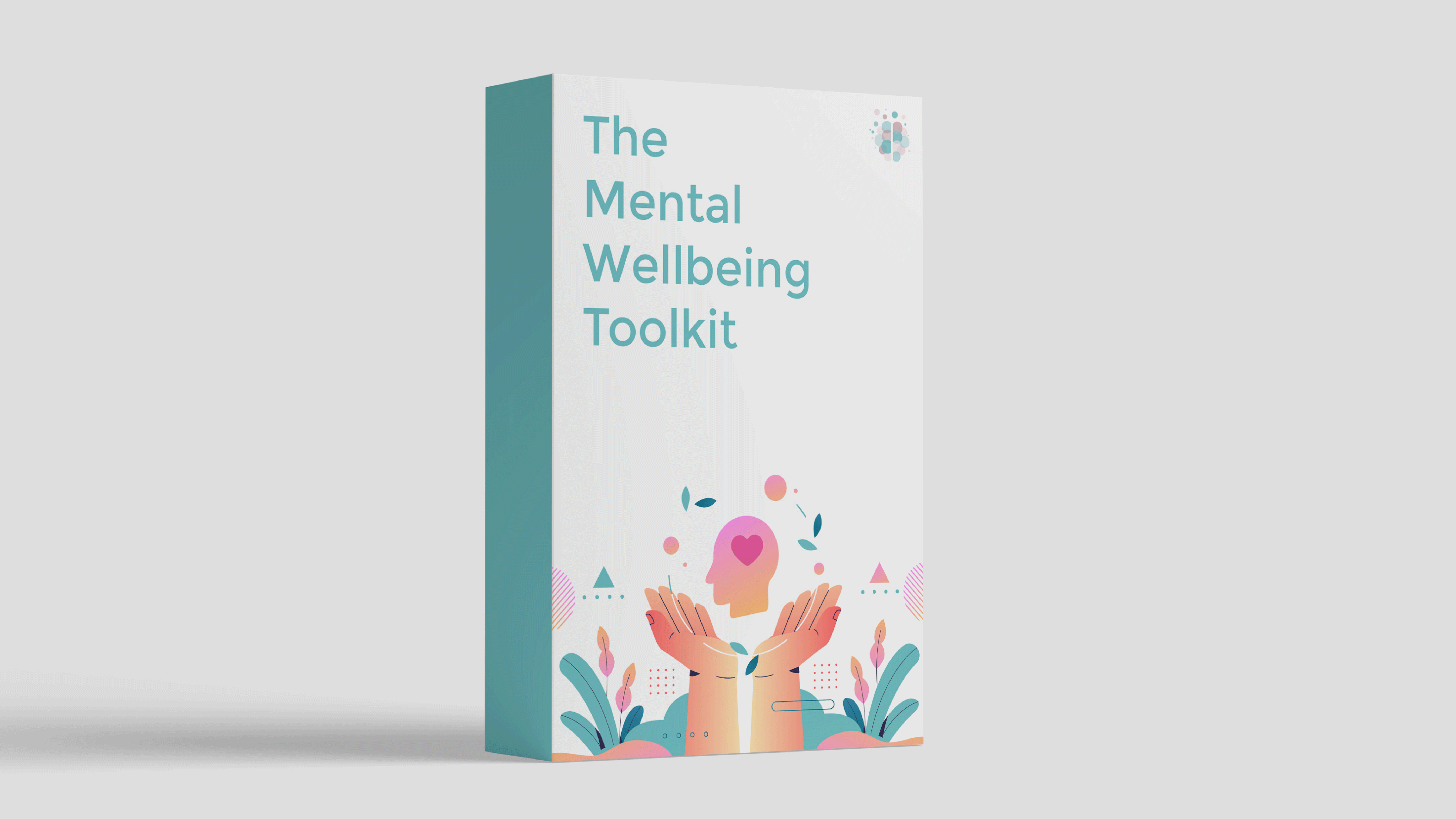How In a world where emergencies can happen at any moment, being prepared with first aid knowledge is crucial. However, traditional first aid often overlooks the importance of a holistic approach.
This article delves into how integrating mindfulness into emergency responses can enhance the effectiveness of first aid. By adopting this approach, individuals can be equipped with practical skills and the mental preparedness to handle crises calmly and effectively.
Understanding Mindful First Aid
Mindful first aid is a comprehensive approach that extends beyond physical treatment in emergency scenarios. It necessitates a high level of mental presence and awareness from the responder. This involves keenly observing the entire scenario, understanding the needs and conditions of the injured person, and being acutely aware of one's emotional responses.
Such heightened awareness allows responders to make decisions that are medically sound as well as considerate of the injured person's emotional state. The practice of mindfulness in the first aid context is rooted in the belief that a calm and attentive mind is just as crucial as medical knowledge in emergencies.
Three Benefits of Integrating Mindfulness Into First Aid
1. Post-Traumatic Stress Reduction
First responders are often exposed to traumatic events that can have lasting psychological effects. Mindfulness practices have shown promise in reducing symptoms of post-traumatic stress disorder (PTSD). By incorporating mindfulness into first aid training, organizations can contribute to the mental wellbeing of their responders, potentially preventing long-term emotional distress.
2. Calm and Collected Response
Mindfulness cultivates a state of present-moment awareness and emotional regulation. Integrating mindfulness into first aid training helps individuals maintain a calm and collected demeanor during emergencies. This emotional resilience can positively influence decision-making and the overall quality of care provided.
3. Empathy and Compassion
Mindfulness emphasizes compassion and empathy towards oneself and others. Integrating these principles into first aid training encourages responders to approach emergencies with a compassionate mindset, helping prevent compassion fatigue.
It goes without saying that first aid knowledge benefits the responder greatly. Extensive knowledge enables them to navigate emergencies with confidence, mitigating stress and preventing burnout.
Ultimately, this holistic approach ensures that emergencies' emotional and psychological impacts are acknowledged and addressed alongside physical injuries. So, how can first responders go about developing their mindfulness skills?
Embracing a Holistic View of Health and Safety
First, it’s important to adopt a holistic view of first aid that recognizes that a person’s wellbeing encompasses more than just physical health. Mental wellbeing is integral, particularly in emergencies where trauma can have lasting effects.
By embracing this comprehensive perspective, responders are better equipped to address the physical injuries alongside the psychological and emotional trauma that may accompany such incidents. This approach ensures that care is about healing physical wounds and supporting the overall wellbeing of those involved in the emergency.
Mindfulness Training Programs
Enroll in formal mindfulness training programs or workshops specifically designed for first responders. These programs often offer a structured curriculum that introduces various mindfulness techniques and provides guidance on their application in high-stress situations.
Practical exercises, such as simulated emergencies or role-playing scenarios, provide opportunities for participants to integrate mindfulness into their response strategies. Techniques such as mindful breathing and awareness of sensory perceptions are introduced, allowing trainees to develop a mental toolkit for maintaining focus and composure amidst chaos.
Regular refresher courses, mindfulness practice sessions, and opportunities for reflective discussions can help participants strengthen their mindfulness skills over time. Organizations committed to this approach may also consider providing access to resources such as mindfulness apps or workshops, promoting a sustained commitment to mental wellbeing among their first responders.
Using Visualisation to Develop a Mindful Response
Developing a mindful approach to emergencies involves consistent practice and reflection. Regularly engaging in visualisations of various emergency scenarios can be powerful.
During these exercises, it's crucial to consider the steps of intervention and observe and reflect upon one's emotional responses and thought processes. This practice can help develop a mental framework that can be called upon during real-life emergencies.
By rehearsing to remain calm and collected, responders can better manage their stress responses, leading to more effective actions when faced with crises.
Summary
Mindful first aid represents a significant shift in how we approach emergencies. Individuals can provide more effective and compassionate care by incorporating mindfulness into their responses. This holistic approach benefits the immediate situation and contributes to the long-term wellbeing of both the responder and the person in need.
As we embrace this approach, we become better prepared to face emergencies with calmness and compassion, ensuring the best possible outcomes in crises.
Build Your Mental Wellbeing Toolkit
Research shows that self-help materials are often enough for people to overcome mild to moderate mental health difficulties without professional support.
If you’re interested in a self-guided program that includes tools from CBT, ACT and more, be sure to check out The Mental Wellbeing Toolkit. It's "like 10 therapy sessions in one."


